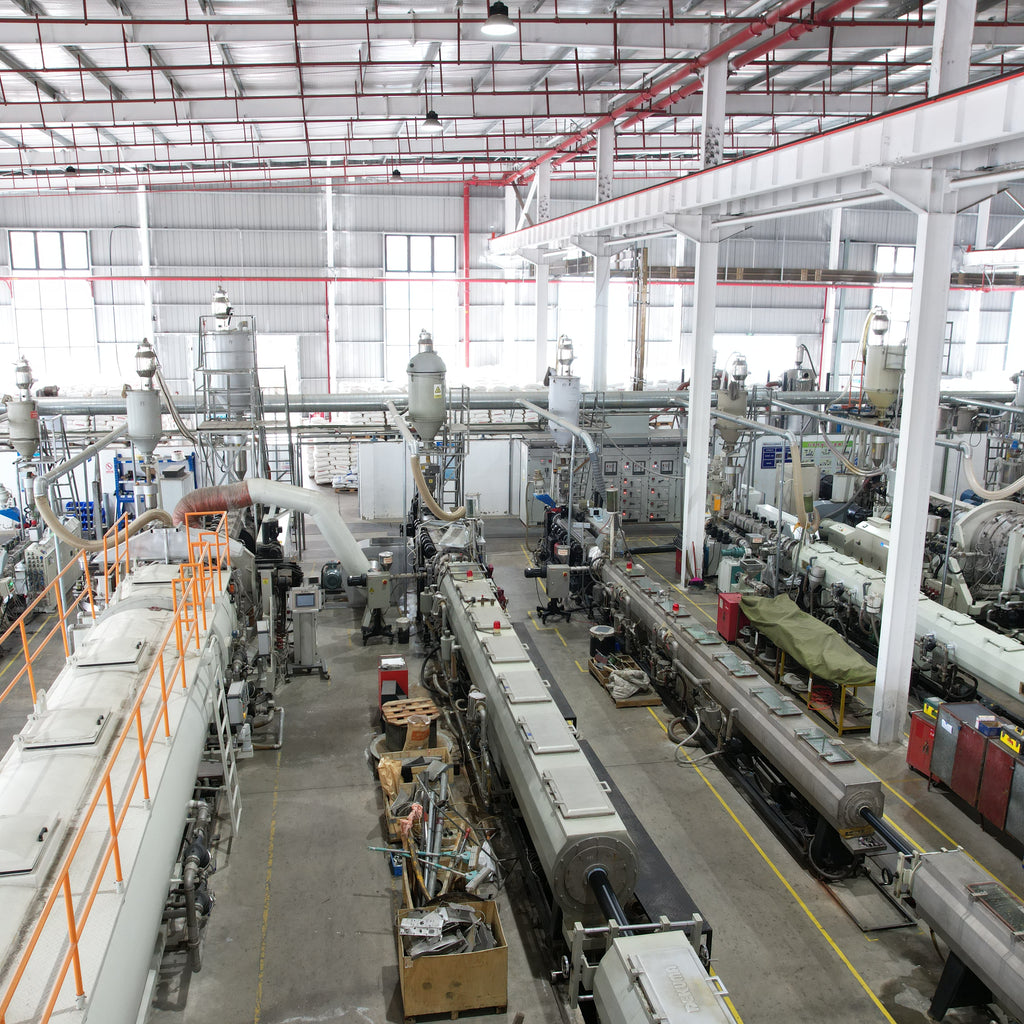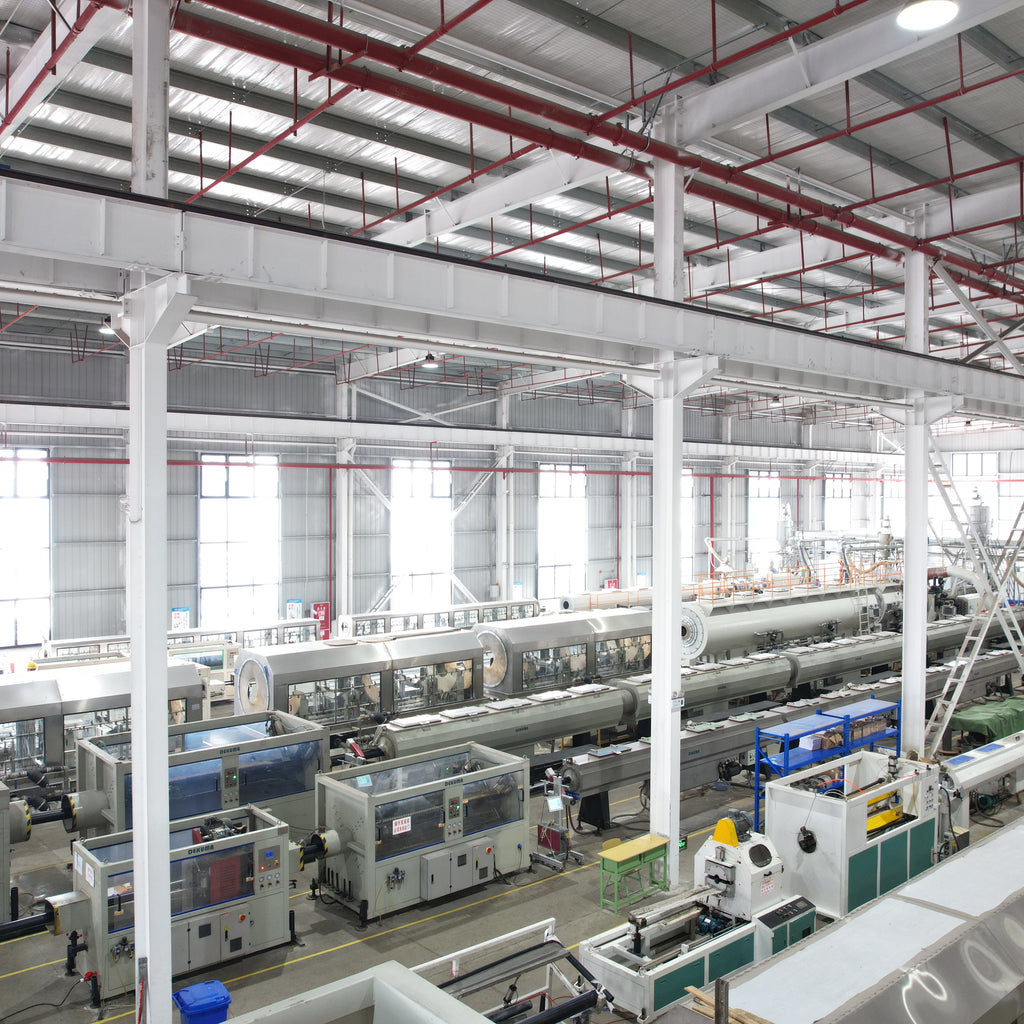International Pipeline Industry News Highlights
1. Technological Breakthroughs in Pipeline Protection
In a significant development, Jiangsu Sanyu Pipeline Technology Co., Ltd. has recently been granted a patent for "A Protective Component for Buried Metal Pipelines" (Authorization Bulletin Number: CN222880523U). This innovative solution, involving the use of protective tubes, contact arc plates, and spring mechanisms, effectively stabilizes the pipeline within the protective structure. By reducing the impact on pipeline joints and enhancing the overall stability, the patent aims to substantially increase the lifespan of buried pipelines. The company, established in Nanjing in 2020, has been actively engaged in promoting technological advancements in the pipeline sector. This patent not only showcases the company's commitment to innovation but also has far - reaching implications for the global pipeline industry, especially in regions where underground pipelines are crucial for energy transportation and distribution.
2. Deep - Sea Pipeline Monitoring Equipment Completes Sea Trials
China's self - developed intelligent monitoring equipment for deep - sea pipeline laying, the "Haiwei" system, has successfully completed sea trials. Developed by Offshore Oil Engineering Co., Ltd. in collaboration with domestic research institutions and enterprises, the "Haiwei" system adopts an advanced "unmanned ship + autonomous underwater remotely operated vehicle + repeater + optical communication" technology. This system is designed to operate at a depth of up to 1500 meters. The 18 - meter - class unmanned ship "Guardian" serves as a surface base station, providing energy and control signals for underwater repeaters and optical communication. The 1500 - meter - class deep - sea autonomous remotely operated vehicle "Pilot" has a strong anti - current capacity of 3 knots and a long endurance of up to 10 days. It can autonomously identify and track the touchdown point of the pipeline with high definition and transmit data seamlessly to the command center through underwater wireless optical communication. With a high recognition accuracy rate of 95% for pipeline touchdown points, the "Haiwei" system is expected to revolutionize deep - sea pipeline construction, reducing risks and costs associated with traditional monitoring methods. This achievement is a significant step forward in the global deep - sea pipeline technology, as it promotes the development of intelligent and unmanned deep - sea oil and gas equipment.
3. Regulatory Updates in the Gas Pipeline Sector
The Yunnan Development and Reform Commission in China has recently issued the "Measures for the Administration of Natural Gas Pipeline Transportation Prices" which will come into effect in June 2025. The measures, consisting of 6 chapters and 22 articles, aim to improve the pricing mechanism for natural gas pipeline transportation, strengthen supervision of natural monopoly links, and promote the high - quality development of the natural gas industry. The pipeline transportation price is subject to government - set maximum guidance prices. Pipeline transportation enterprises can independently determine or negotiate specific prices with users within the limit of the maximum price, which is expected to reduce users' gas costs. In addition, the measures stipulate that the freight rate is uniformly approved based on the principle of "the same freight rate for the same enterprise", taking into account the actual operation of natural gas pipelines in Yunnan and users' affordability. This regulatory update is not only important for the local market but also serves as a reference for other regions in optimizing their gas pipeline transportation price management.
4. Expansion of Indigenous Involvement in Canadian Pipeline Project
A group of 36 First Nations in Canada is set to acquire a 12.5% stake in the West Coast Natural Gas Pipeline for $715 million. The pipeline, built in 1957, transports gas from northeast British Columbia and northwest Alberta to the Fraser Valley. This investment by the First Nations not only provides them with economic benefits but also allows them to have a say in the management of an important energy infrastructure project in the region. This move is part of a growing trend of indigenous communities in Canada getting involved in energy projects, which can contribute to the sustainable development of their own lands and communities while also ensuring the long - term stability of the pipeline operation.
Sample Block Quote
Nam tempus turpis at metus scelerisque placerat nulla deumantos sollicitudin delos felis. Pellentesque diam dolor an elementum et lobortis at mollis ut risus. Curabitur semper sagittis mino de condimentum.
Sample Paragraph Text
Lorem ipsum dolor sit amet, consectetur adipiscing elit. Morbi ut blandit risus. Donec mollis nec tellus et rutrum. Orci varius natoque de penatibus et magnis dis parturient montes, nascetur ridiculus mus. Ut consequat quam a purus faucibus scelerisque. Mauris ac dui ante. Pellentesque congue porttitor tempus. Donec sodales dapibus urna sed dictum.



